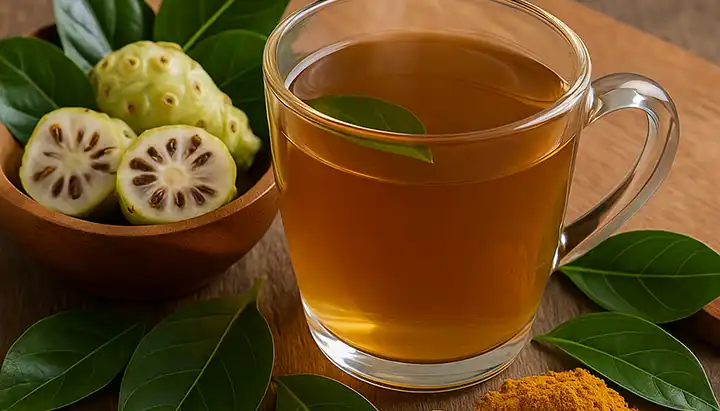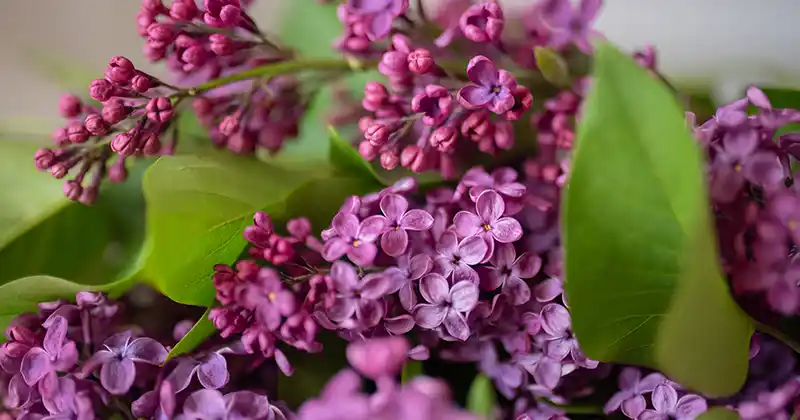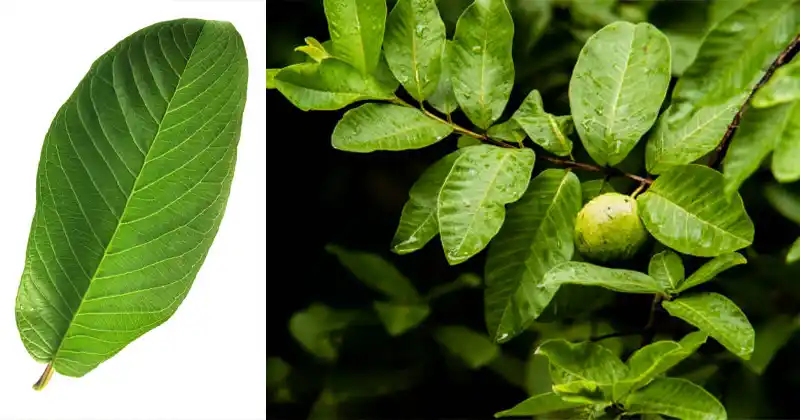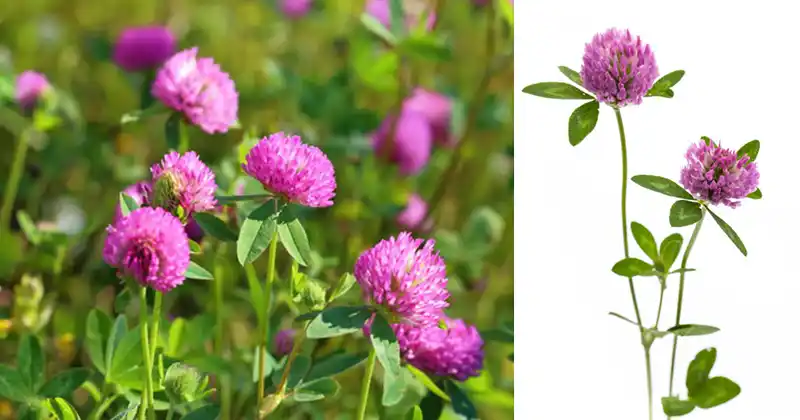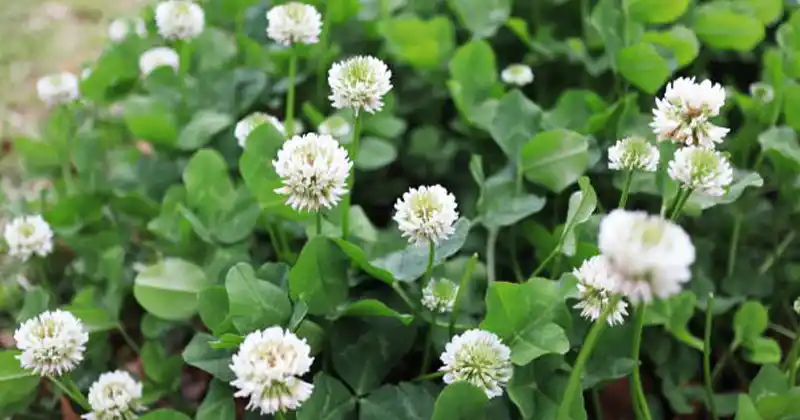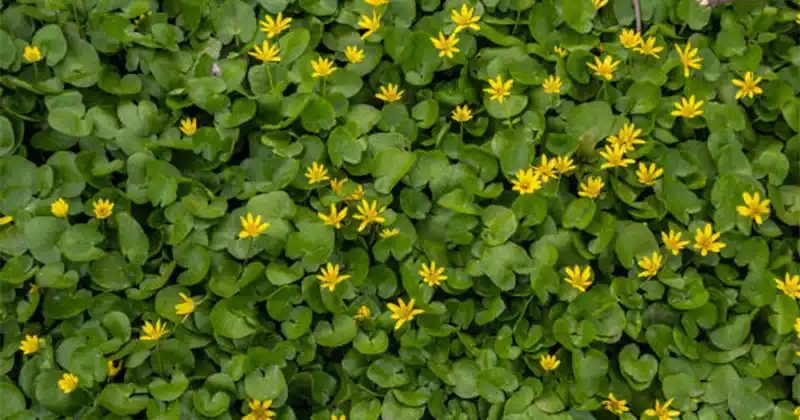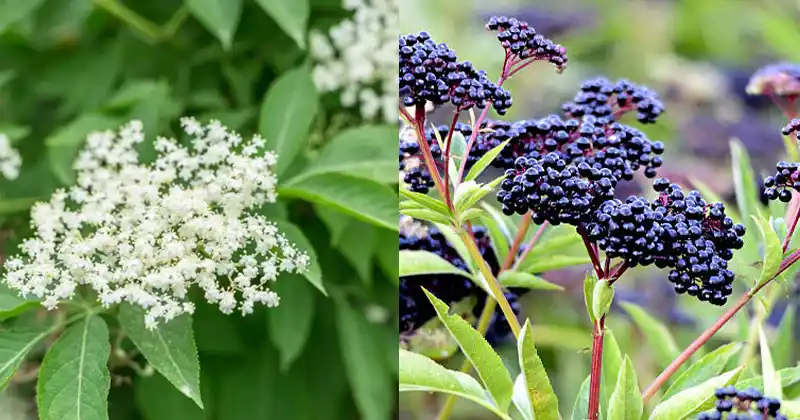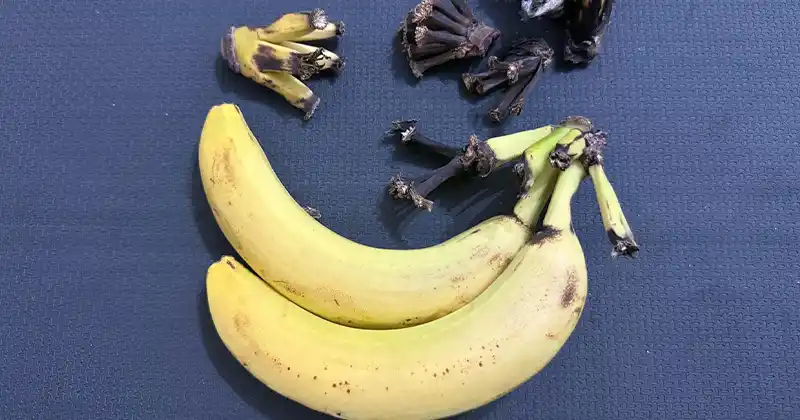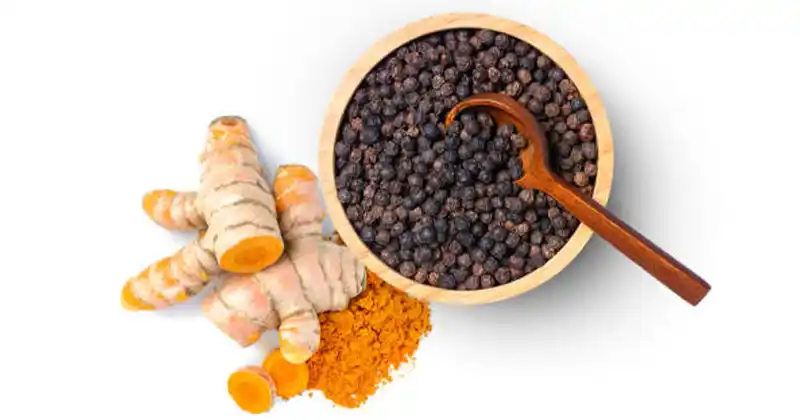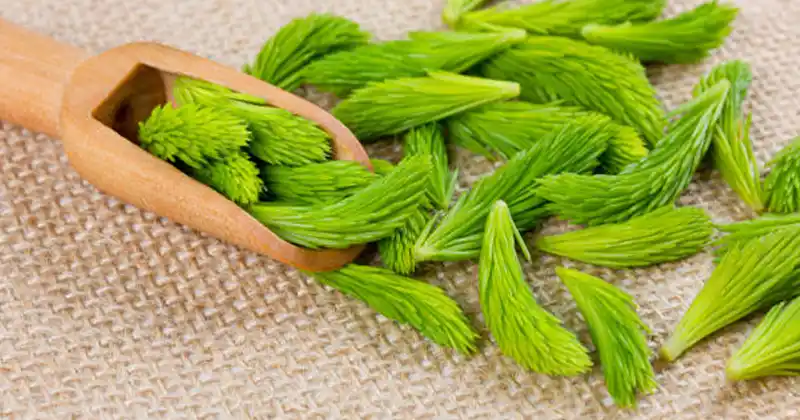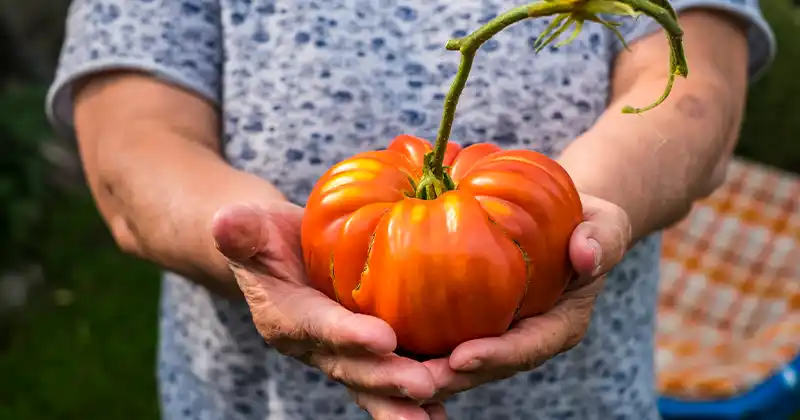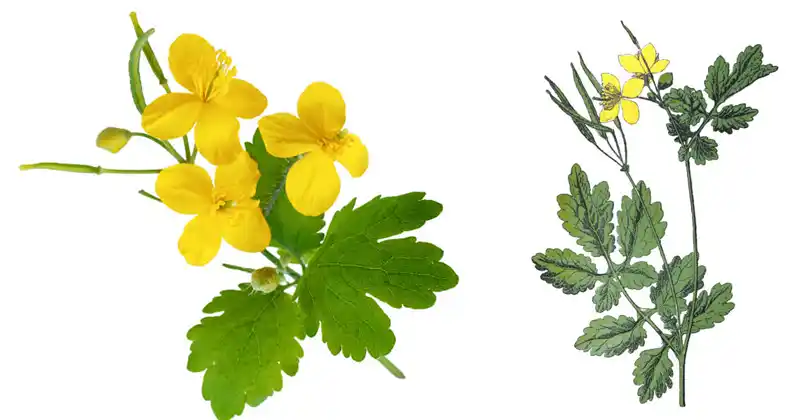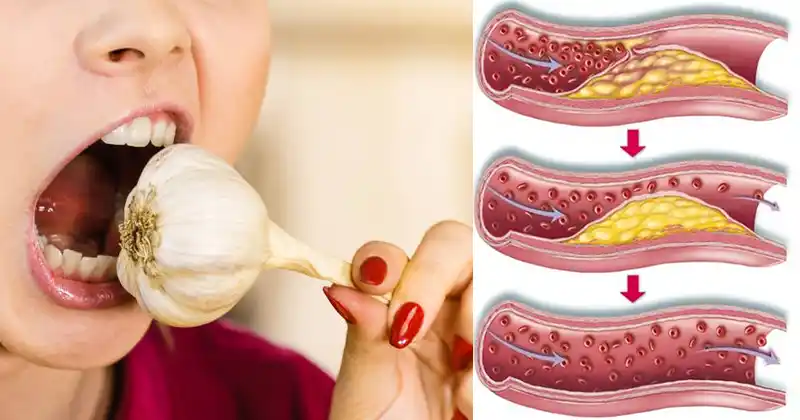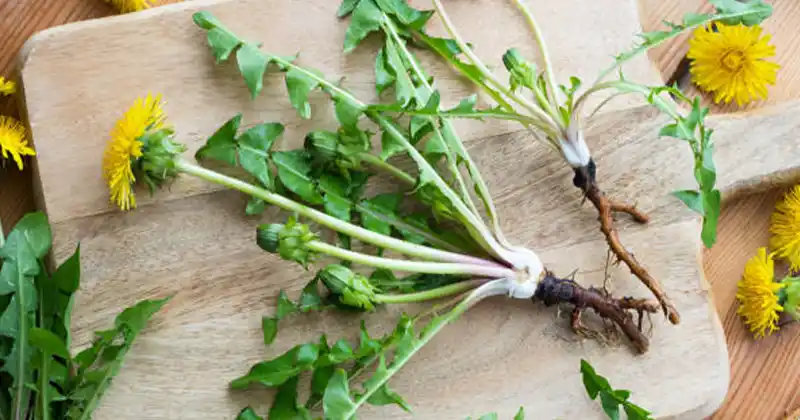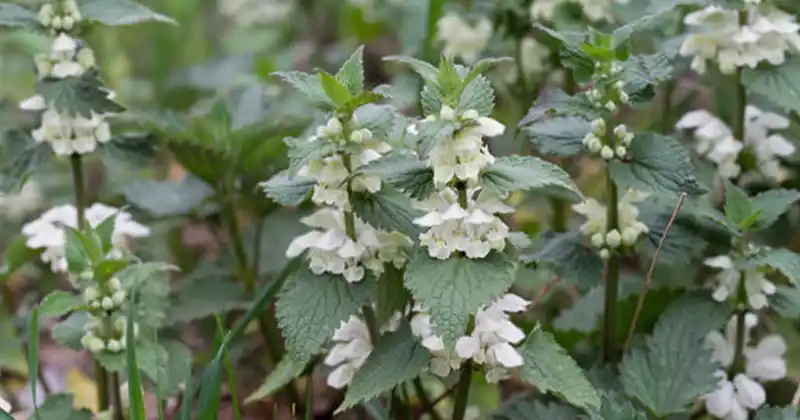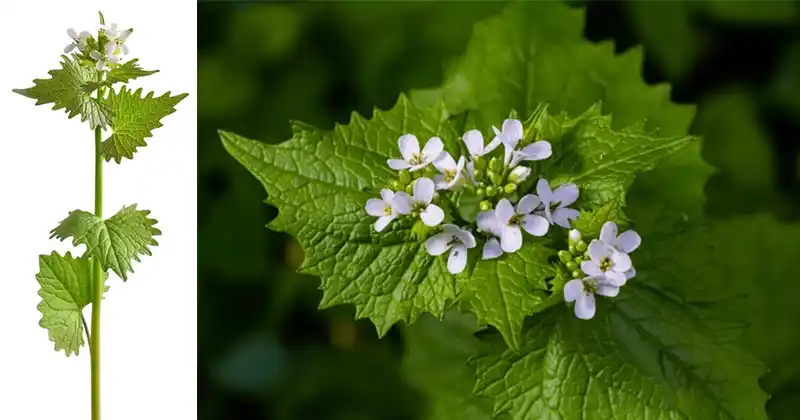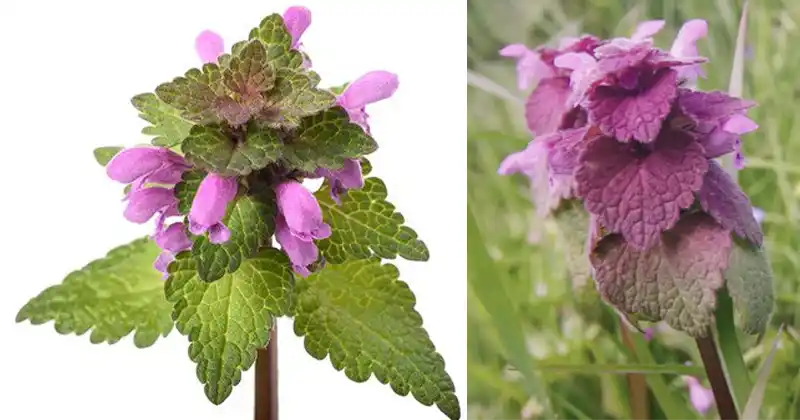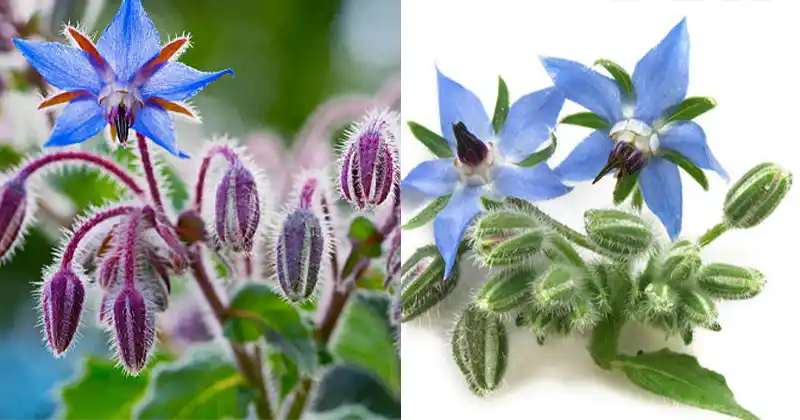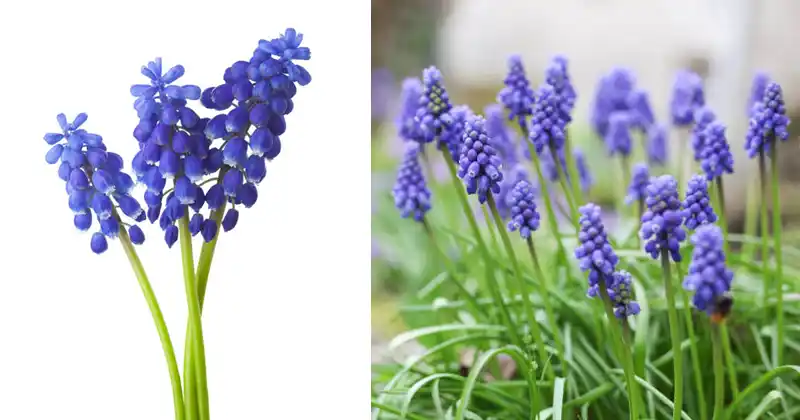A Beginner’s Guide to Collecting, Drying, and Storing Mullein Leaves
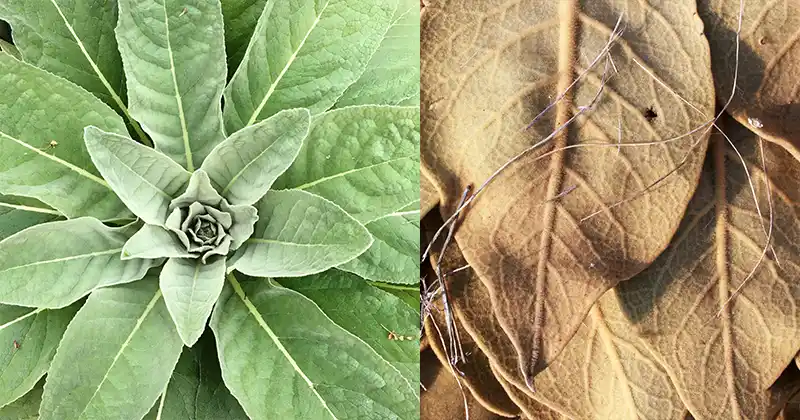
Mullein leaves are treasured for their medicinal properties and versatility. While the benefits and uses of mullein are well-documented, understanding when and how to collect, prepare, dry, and store the leaves is essential for anyone looking to make the most of this remarkable plant. This guide will walk you through the process step by step, ensuring you have the information you need to harvest and preserve mullein leaves for future use.
When to Collect Mullein Leaves
The timing of your harvest plays a crucial role in the potency and quality of mullein leaves.
- Optimal Season: The best time to collect mullein leaves is during late spring to early summer when the plant is actively growing and the leaves are lush and green.
- Time of Day: Harvest in the morning, after the dew has dried but before the heat of the day. This ensures the leaves are clean and free from moisture, which can lead to mold during drying.
- Stage of Growth: Focus on collecting leaves from the first-year rosettes (low-lying plants without a flower stalk) or the base leaves of second-year plants. These tend to be larger and more nutrient-rich.
How to Collect Mullein Leaves
- Identify Healthy Plants: Look for vibrant, green leaves free from discoloration, holes, or signs of disease.
- Use Clean Tools: Use scissors or pruning shears to cut the leaves. Avoid pulling them by hand to prevent damaging the plant.
- Harvest Responsibly: Leave some leaves on the plant to allow it to continue growing and contributing to the ecosystem.
Preparing Mullein Leaves for Drying
Proper preparation ensures the leaves retain their medicinal properties.
- Clean the Leaves: Lightly rinse the leaves under cool water to remove dirt and debris. Pat them dry with a clean towel or let them air dry on a mesh rack.
- Inspect for Pests: Check the leaves for insects and gently remove any you find.
- Trim Large Leaves: If the leaves are particularly large, cut them into smaller pieces to speed up the drying process and make storage easier.
How to Dry Mullein Leaves
Drying is a critical step that prevents spoilage and preserves the plant’s active compounds.
- Air Drying:
- Place the leaves on a clean, dry surface such as a mesh screen or a paper towel-lined tray.
- Arrange them in a single layer to ensure good airflow.
- Leave them in a warm, dry, and well-ventilated area away from direct sunlight. Direct sunlight can degrade the plant’s beneficial properties.
- Flip the leaves every 1-2 days to ensure even drying. This process can take 1-2 weeks.
- Oven Drying (for faster results):
- Preheat your oven to the lowest temperature setting (around 95-110°F or 35-45°C).
- Place the leaves on a baking sheet lined with parchment paper.
- Leave the oven door slightly ajar to allow moisture to escape.
- Check the leaves every 15-20 minutes. They should be dry and crisp, but not browned.
- Dehydrator:
- Set your dehydrator to 95-110°F.
- Arrange the leaves on the dehydrator trays, ensuring they don’t overlap.
- Check periodically and remove the leaves once they are completely dry.
How to Store Dried Mullein Leaves
Proper storage ensures your mullein leaves remain potent and usable for months or even years.
- Use Airtight Containers: Store the dried leaves in glass jars with tight-fitting lids. Avoid plastic containers, as they may allow moisture to seep in.
- Keep Away from Light and Heat: Place the jars in a cool, dark place, such as a pantry or cupboard. Exposure to light and heat can reduce the leaves’ potency.
- Label Your Jars: Write the harvest date on the jar so you know how long the leaves have been stored. Dried mullein leaves are best used within one year.
- Inspect Regularly: Periodically check for signs of moisture or mold. If you find any, discard the affected leaves to prevent contamination.
Tips for Using Stored Mullein Leaves
Stored mullein leaves can be used in a variety of ways:
- Tea: Crumble the dried leaves and steep them in hot water for a soothing drink.
- Poultices: Rehydrate dried leaves with warm water to apply them to the skin.
- Steam Inhalation: Use the dried leaves in steam treatments for respiratory relief.
Conclusion
Collecting, drying, and storing mullein leaves doesn’t have to be complicated. With a little care and attention, you can ensure your mullein leaves are ready for use whenever you need them. Whether you’re making tea, poultices, or inhalations, these steps will help you maximize the benefits of this versatile plant. By following this guide, even beginners can confidently preserve mullein leaves for future remedies and enjoy their numerous health advantages.
